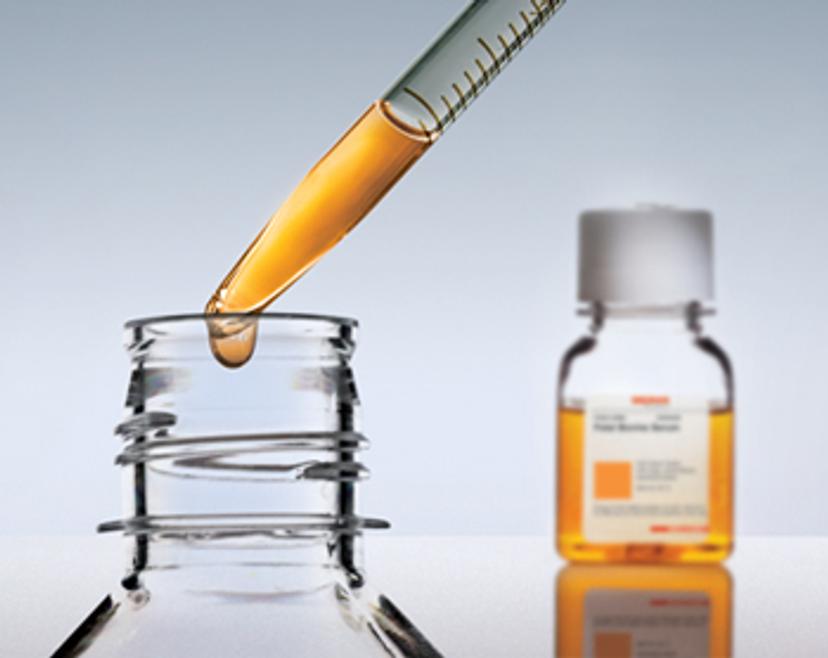Troubleshooting tips to avoid culture room frustration
99 problems? Cell culture doesn’t have to be one of them
26 Sept 2019
Since the introduction of cell and tissue culture techniques in the early 20th century, the ability to recapitulate aspects of mammalian biological systems in vitro has become essential for life scientists.
Just about every lab in a biomedical science department performs cell culture, and these techniques are critical for the development of biopharmaceuticals, for toxicity studies in the testing of products for human use, and for countless other biotechnical applications.
Despite the fundamental presence of cell culture in labs worldwide, healthy, reproducible cell cultures are not to be taken for granted. Cell lines have diversified, treatments have evolved to be more innovative and complex, and 3D and stem cell culture approaches require specialized tools and technique. So if you’ve had problems with cell culture, remember three things:
- You’re not alone
- Most culture hurdles are not only solvable, they’re preventable
- There’s more to cell culture mastery than just aseptic technique
According to scientists who perform cell culture-based research, biopharma culture technicians, and leading cell culture experts at global cell repositories, the following are among the most common challenges with cell culture - along with likely reasons behind these undesirable conditions. More importantly, every problem here has a solution and a link to comprehensive troubleshooting resources.
Cell death and poor growth
Keeping cells robust in culture is not always as simple as it sounds, but best practices will help keep your lines expanding. (Hint: it's more than just media and supplements!)
- Reseed from new stock, but check liquid nitrogen levels
- Thaw cells quickly and remove cryoprotectant immediately
- Check if cells have been passaged too many times
- Use source media and serum only from reputable suppliers
Misidentified or cross-contaminated cell lines
Among the most serious issues in the use of cell lines, the failure to verify their identity may call your work into question. It has been estimated that up to 20% of cells in culture are not what they are reported to be. Your lab's defense against misreporting data:
- Source cells only from reputable cell repositories and suppliers - Don’t borrow cells from other labs
- Test cryostocks and lines in culture now, or replace any untested lines from a repository supplier
Contamination
Healthy culture conditions are also inviting for unwanted microbes in culture, even when users are trained in aseptic technique. Learn how to keep common sources of contamination away from your cells, including:
- Bacteria
- Viruses
- Mycoplasma
Based on studies from the FDA and cell repositories, up to 30% of cultures in labs worldwide may be contaminated with mycoplasma, which can’t be detected by visual methods.
- Test regularly for mycoplasma in cultures and stocks using validated kits/reagents
- Know and follow aseptic technique
- Dedicate a culture space - Keep traffic out!
Cells clump together
When suspension cell phenotypes or adherent cells that you’ve detached are clumped together, take these steps to ensure singlet cells for assays or for evenly-seeded passages or plating. Why do cells stick together?
- Overgrowth - Subculture cells before they attain 100% confluency to avoid stickiness
- Mycoplasma - When cells clump without visible contamination, use a kit to test for this stealthy, antibiotic-resistant, invisible bacterium
- Inside out - One of the most common causes of clumping is debris and cell contents such as DNA in solution because cells have lysed
Cells detach unexpectedly
The growth surfaces of well-designed cell cultureware are optimized for the way most adherent cell phenotypes attach, though some may require coating with extracellular matrix. So, if cells detach spontaneously, the culprit is often one of these environmental stressors:
- Unseen contaminants (mycoplasma again)
- Incubator conditions - Monitor culture equipment for small deviations in gas and temperature
Look to MilliporeSigma for the information and expertise you need for troubleshooting your cell culture and access a range of high-quality products to ensure you acheive optimum results. Do you use MilliporeSigma products in your lab? Write a review today for your chance to win a $400 Amazon gift card>>

